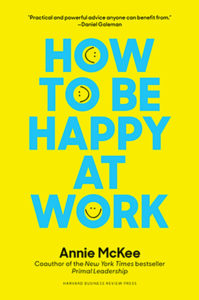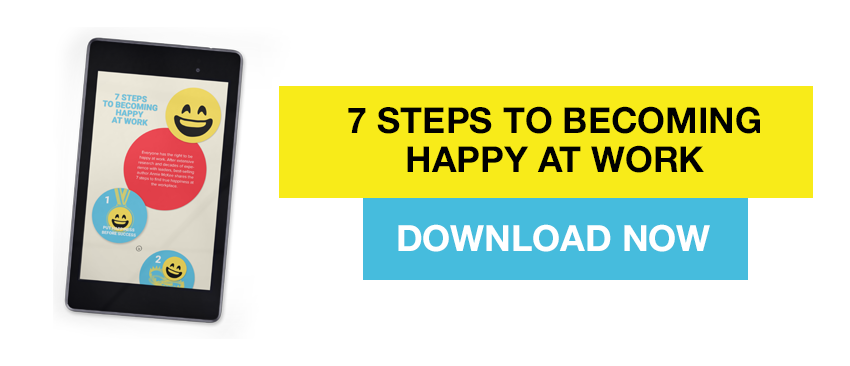For those bold enough to lead in this age of uncertainty, the challenges are immense indeed. Our world is a new world, and it requires a new kind of leadership.
In our societies, across the globe, just look at what leaders are up against: a world that is more unstable, more dangerous than it was even a few years ago. Social systems in place for ages no longer meet the needs of families, communities or nations. Conflicts that used to be local and most of the time containable are now global. They baffle our sense of reason, ignite panic and anger, as well as impulsive, ineffective responses. These conflicts do not lend themselves to traditional solutions. Around the world, this new kind of war has led to a generalized anxiety that has overtaken us all. Indeed, we have seen that global conflicts now touch us personally, striking fear in our hearts even as we go about our daily routines.
Over the last several years of unprecedented change in our world, seismic shifts have shaken the business landscape as well. Amid all of this upheaval, our institutions struggle to keep up. Political, economic, technological and social change are driving profound transformation of our organizational models, making it ever more difficult for anyone in them to maintain a modicum of stability. The sheer complexity of our organizations has quadrupled in recent years, resulting in confusing, albeit creative organizational structures. And then there’s the way we communicate. It seems that the more we try to make things easier for ourselves—with cell phones, wireless internet, and access to email literally in our palms—the more complex and stressful our lives become.
What Type Of Leader Can We Depend On?
The men and women we call resonant leaders are stepping up, charting paths through unfamiliar territory, and inspiring people in their organizations, institutions, and communities. They are finding new opportunities within today’s challenges, creating hope in the face of fear and despair. These leaders are moving people—powerfully, passionately, and purposefully. And they do so while managing the inevitable sacrifices inherent in their roles. They give of themselves, in the service of the cause, while also caring for themselves, engaging in renewal, to ensure they can sustain resonance over time.
These resonant leaders are inspiring their organizations and communities to reach for dreams that even a few years ago were impossible. And they are realizing those dreams. Today, we see new products and services, available to more people around the world than ever before. Organizational structures are changing dramatically, providing more opportunities for efficiency, effectiveness, challenging and rewarding work, and successful achievement of goals. New processes and procedures are being developed to cope with rising complexity and the need for speed.
Along with all of this positive transformation, however, we have seen a coinciding, disturbing change among leaders with whom we work: they are finding it very difficult to sustain their effectiveness—and resonance—over time. We can understand why that happens to leaders who never practiced emotional intelligence in the first place; it is easy to see why those leaders might have trouble sustaining resonance and effectiveness in today’s new uncharted waters.
Resonance Or Dissonance: The Leader’s Choice
Resonant leaders are in tune with those around them. This results in people working in sync with each other, in tune with each others’ thoughts (what to do) and emotions (why to do it). Leaders who can create resonance are people who either intuitively understand or have worked hard to develop emotional intelligence—namely, the competencies of self-awareness, self-management, social awareness, and relationship management. They act with mental clarity, not simply following a whim or an impulse.
In addition to knowing and managing themselves well, emotionally intelligent leaders manage others’ emotions, and build strong, trusting relationships. They know that emotions are contagious and that a leader’s emotions are a powerful driver of their people’s moods and ultimately their performance. They understand that while fear and anger may mobilize people in the short term, these emotions backfire quickly, leaving people distracted, anxious and ineffective. They have empathy. They read people, groups, and organizational cultures accurately, and they build lasting relationships.
Resonant leaders help their organizations blend financial, human, intellectual, environmental and social capital into a potent recipe for effective performance in organizations. In other words, in addition to being great to work with, they get results. Of course, to be great, a leader needs to understand the market, the technology, the people, and a multitude of things about the organization. While this knowledge is necessary, it is not sufficient to produce sustainable, effective leader leaders. The problem, as we have said, is that being resonant is not so easy, and sustaining it is even harder—particularly in this new world we live in, in which leaders must cope with unprecedented demands and pressures.
What It Takes To Maintain Resonance
Why is resonance so difficult? We think it has something to do with the nature of the job, and how we manage it. Even the best leaders—those who can create resonance—must give of themselves constantly. For many people, especially the busy executives we work with, little value is placed on renewal, or on developing practices—habits of mind, body, and behavior—that enable us to create and sustain resonance in the face of unending challenges, year in and year out. In fact, it is often just the opposite. Many organizations overvalue certain kinds of behavior and tolerate discord and mediocre leadership for a very long time, especially if a person appears to produce results. There is not much time—or encouragement—for cultivating skills and practices that will counter the effects of our stressful roles.
But when leaders sacrifice too much for too long—and reap too little—they can become trapped in what we call the “Sacrifice Syndrome.” Leadership is exciting, but it is also stressful. And leadership is lonely. Our bodies are just not equipped to deal with this kind of pressure, day in and day out, year after year. Over time, we become exhausted—we burn out or burn up. The constant small crises, heavy responsibilities and the perpetual need to influence people can be a heavy burden, such a burden that we find ourselves trapped in the Sacrifice Syndrome and we slip into internal disquiet, unrest, and dis-stress.
In other words, dissonance becomes the default, even for leader who can create resonance. And, because our emotions are contagious, dissonance spreads quickly to those around us and eventually permeates our organizations.
Excerpted from Resonant Leadership, Harvard Business Review Press, 2005

You Deserve to Be Happy at Work
Based on extensive research and decades of experience with leaders, How to Be Happy at Work deepens our understanding of what it means to be truly fulfilled and effective at work and provides clear, practical advice and instruction on how to get there―no matter what job you have.
